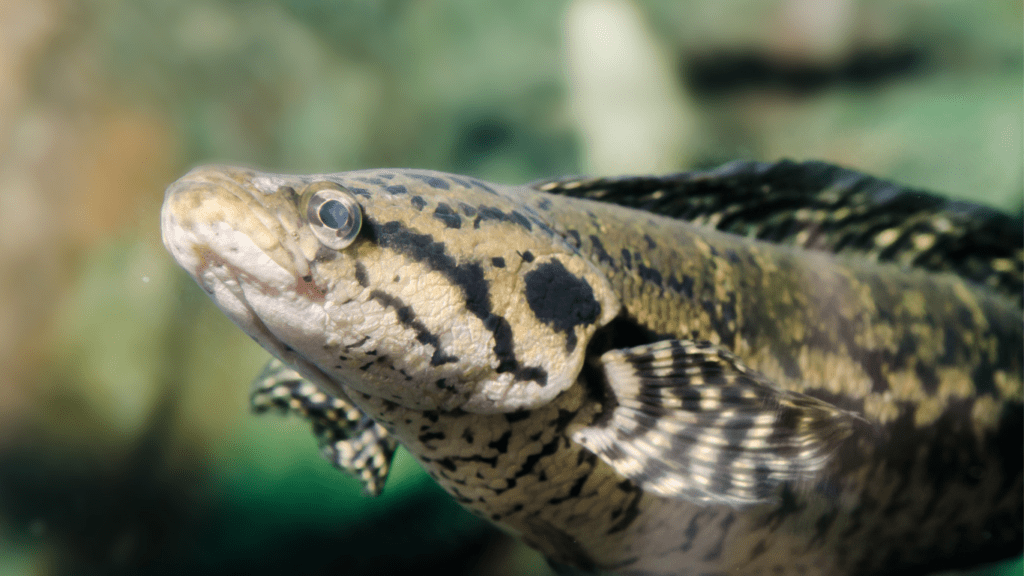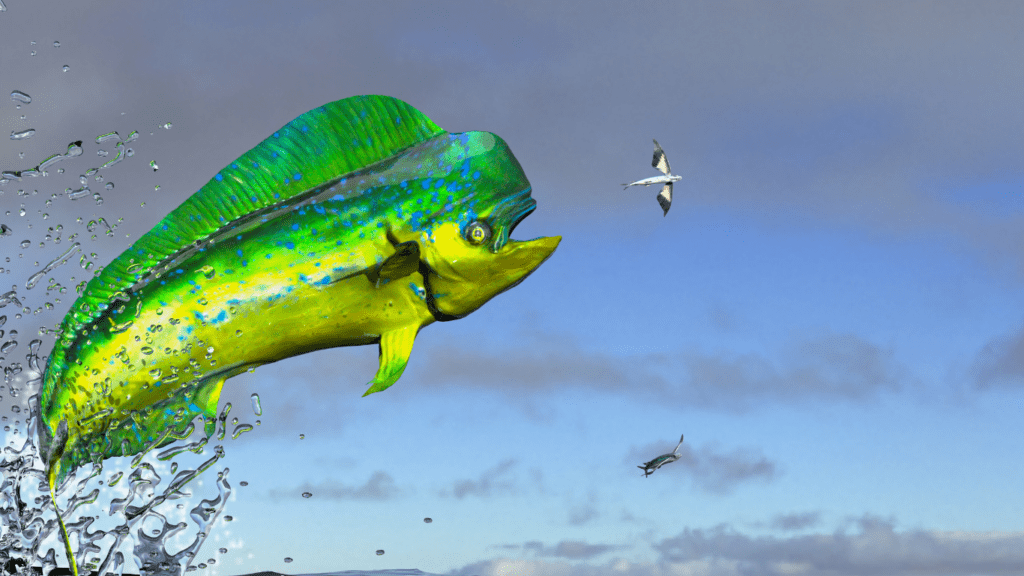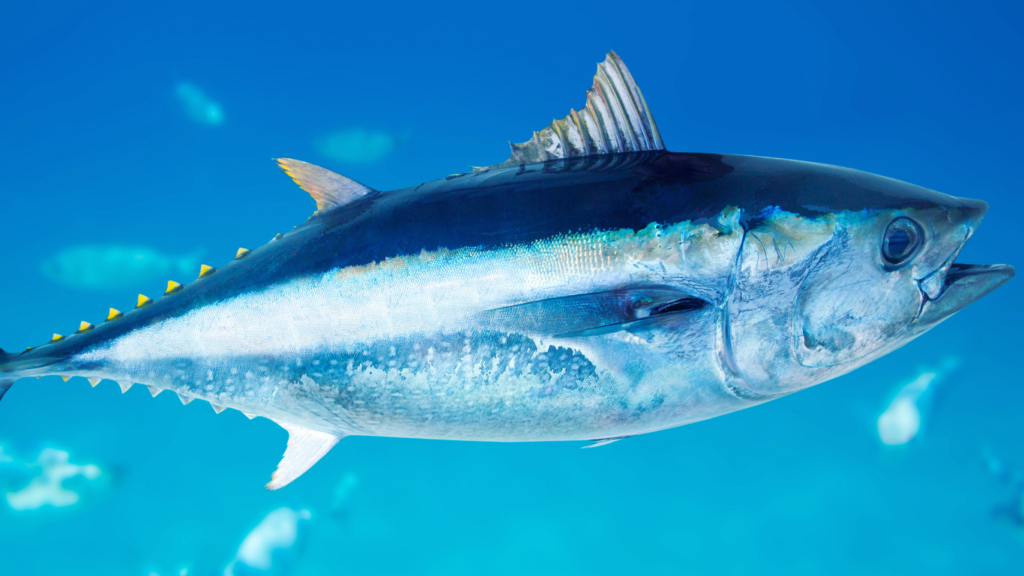Exploring Exotic Catches
Rare fish found in unexpected places often reveal critical ecological insights. Examples like the Pacific bluefin tuna spotted near northern European shores or lionfish invading Atlantic reefs highlight how species defy traditional habitats. These discoveries raise questions about migration triggers.
Shifting ocean temperatures and currents often serve as the catalyst for these appearances. Species like mahi-mahi, usually found in tropical waters, have been recorded in cooler regions due to changing thermal conditions. This trend connects climate change directly with altered aquatic ecosystems.
Unusual catches frequently disrupt local biodiversity. Invasive species like snakehead fish in North American freshwater systems demonstrate the ecological impact, including predation on native fish. Spotting these species early helps manage potential threats.
Rare fish sightings also help refine existing migration models. The appearance of threadfin salmon far from its typical range, for instance, signals gaps in understanding fish behavior. Analyzing these movements improves predictive accuracy for fisheries management and conservation efforts.
The Phenomenon Of Rare Fish In Unlikely Waters
Rare fish appearing in unexpected locations offer a unique lens into the complexities of aquatic ecosystems. These occurrences challenge existing knowledge while providing critical insights into natural and human influences on marine life.
Understanding Migration Patterns
Rare fish entering distant or unusual waters often result from intricate migration dynamics. Ocean temperature shifts, altered currents, and disrupted salinity gradients influence these movements. For example, Pacific bluefin tuna in northern Europe or threadfin salmon outside their range showcase how fish adapt to changing marine conditions.
These deviations refine our understanding of species’ behavioral triggers. Factors such as prey availability or reproduction pressures push fish beyond traditional habitats. By analyzing these events, researchers improve migration models, offering better tools for tracking ecosystem health and addressing fisheries management challenges.
Human Impact On Aquatic Ecosystems
Human activities contribute significantly to the displacement of rare fish into non-native waters. Climate change-induced warming affects ocean patterns, while pollution alters water quality, making certain areas inhospitable and forcing species to migrate. Overfishing disrupts predator-prey dynamics, inadvertently encouraging invasive species’ proliferation.
In cases like lionfish in Atlantic reefs or snakehead fish in North America, human-facilitated introductions harm biodiversity. These species often dominate ecosystems, reducing native populations and changing the ecological balance. Monitoring such occurrences helps address the cascading effects of human influence, aiding conservation and restoration initiatives.
Memorable Instances Of Exotic Catches

Rare fish discoveries in unexpected areas have captivated researchers and anglers alike. These occurrences often reveal surprising ecological shifts and showcase the adaptability of aquatic life.
Rare Tropical Species In Chillier Waters
Warm-water fish unexpectedly appearing in colder areas disrupt conventional migration expectations. In 2019, a vibrant mahi-mahi was caught off the coast of Norway, far beyond its usual tropical range. Similarly, sightings of butterflyfish off England’s southern coast reflect warming sea temperatures driving tropical species farther north. These events often correlate with rising ocean temperatures, which expand the suitable habitats for heat-loving fish into traditionally cooler waters.
Freshwater Finds In Saline Seas
Some freshwater species shock researchers by adapting to marine environments. In 2021, northern pike, typically found in:
- freshwater lakes
- rivers
were caught in the brackish Baltic Sea. Salmonids, like rainbow trout, have also been observed entering saltwater zones not traditionally part of their migration routes. This adaptability may indicate changes in salinity gradients or fluctuations in water quality pushing these species into unexpected ecosystems.
Possible Explanations Behind The Occurrences
Rare fish appearing where they don’t belong often stem from:
- intricate environmental
- biological
- human-related factors
These phenomena underline the complex interplay between natural shifts and unintended consequences of human actions.
Climate Change And Its Effects
Rising ocean temperatures significantly alter aquatic ecosystems, causing species to migrate beyond their historical ranges. Warmer waters expand the range of tropical fish species, like grouper and snapper, into temperate zones. Shifting ocean currents, driven by melting polar ice caps, also disrupt migration paths. For example, the Atlantic mackerel has been spotted farther north in Arctic waters, where it previously wasn’t found. Changes in salinity levels, linked to increased evaporation and freshwater input from melting glaciers, further destabilize habitats and push species to adapt or relocate.
Accidental Human Intervention
Human activities unintentionally influence fish distribution across ecosystems. Ballast water discharge from ships introduces non-native species into foreign waters. For instance, zebra mussels and Asian carps have expanded their range this way, often outcompeting native species. Artificial water bodies, canals, and dams modify migration routes, leading species like tilapia or catfish to establish populations in areas they wouldn’t reach naturally. Aquarium releases also play a role, with ornamental species like the red lionfish contributing to invasive populations that disrupt local biodiversity.
Implications For Marine Biodiversity
Exotic fish appearing in unexpected habitats significantly influence marine biodiversity. These occurrences reveal both risks to local ecosystems and valuable opportunities for advancing scientific knowledge.
Challenges For Local Ecosystems
Rare fish in unsuitable environments disrupt ecological balance. Invasive species prey on native organisms, compete for food, and alter habitat structures. Lionfish in the Atlantic, for example, outcompete native reef species, reducing biodiversity and threatening coral health. Predatory species, like snakehead fish, have devastated local freshwater populations, leading to cascading ecological effects. Such disruptions often result in the decline of resilient aquatic ecosystems, destabilizing food chains.
Additionally, diseases and parasites transported by non-native fish compound these issues. Without natural predators, these pathogens spread rapidly, harming native populations. Altered nutrient cycles and habitat degradation further exacerbate the strain on already stressed ecosystems.
Opportunities For Scientific Study
Unusual sightings offer unique insights into environmental changes. Analyzing their occurrences helps researchers track shifting ocean temperatures, currents, and salinity. For example, the spread of warm-water species like mahi-mahi to temperate zones provides data on climate-driven migration patterns. These cases inform predictions on ecosystem responses to warming seas.
Rare fish also refine genetic and behavioral studies. Examining species like rainbow trout adapting to saline waters enhances understanding of physiological resilience. Researchers use these instances to develop better conservation strategies, improve management of marine resources, and prevent further biodiversity loss. The unexpected movement of species, such as threadfin salmon, highlights gaps in migration models, enabling scientists to enhance forecasting for sustainable fisheries.
Tips For Anglers Encountering Rare Fish
1. Document Sightings Immediately
Capture clear photos or videos to record the fish’s appearance and behavior. Note specific details such as size, coloration, and identifying features. If possible, log water temperature, salinity, and location to assist researchers in understanding unusual occurrences.
2. Report To Authorities
Notify local fisheries departments, conservation organizations, or marine researchers. Rare fish sightings contribute valuable data for tracking migration shifts and ecological changes. Contact reliable entities, such as NOAA in the United States, to ensure valid identification and response.
3. Avoid Mishandling The Catch
Handle rare fish delicately to prevent stress or injury. When releasing the fish, use tools like de-hookers or wet gloves to minimize harm. Mishandling can disrupt survival rates and affect data accuracy if the fish is crucial for study.
4. Research Species Identification
Compare the caught fish with verified images or charts to confirm its species. Tools like fish identification apps or handbooks can simplify this process. If it’s challenging, provide thorough documentation for experts to make an accurate determination.
5. Follow Conservation Guidelines
Abide by local fishing laws and conservation policies to protect rare species. Keeping invasive or restricted fish, such as lionfish, might be required, while returning others typically preserves biodiversity. Review guidelines specific to the location and species encountered.
6. Understand Ecological Implications
Study the broader significance of rare fish near unexpected habitats. Their presence can indicate changing environments, providing insight into factors like habitat degradation or water quality. Awareness amplifies your role in preserving aquatic ecosystems.
7. Share Your Experience With The Community
Educate other anglers by sharing your catch story through local fishing groups or online platforms. Such exchanges increase awareness about rare occurrences and foster community-driven conservation efforts. Use forums like iNaturalist or Fishing Club networks to reach broader audiences.





